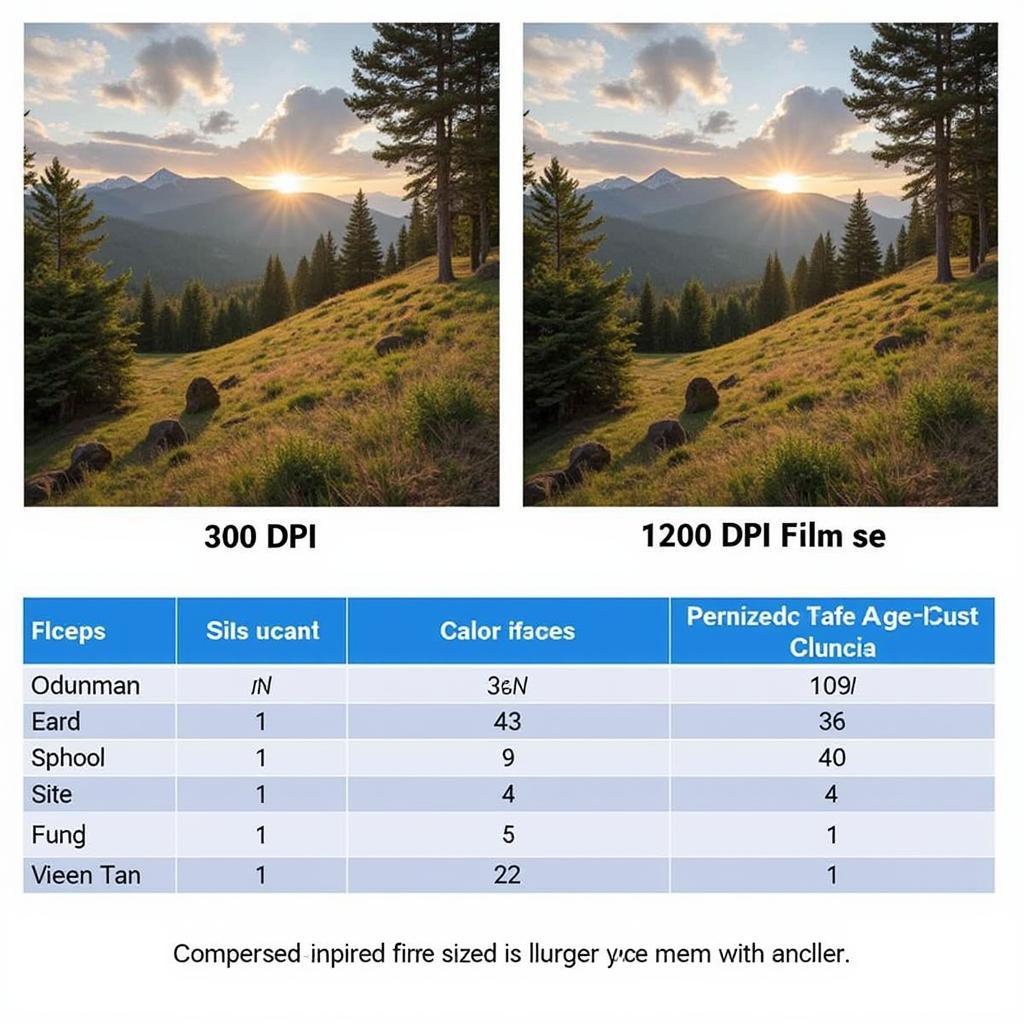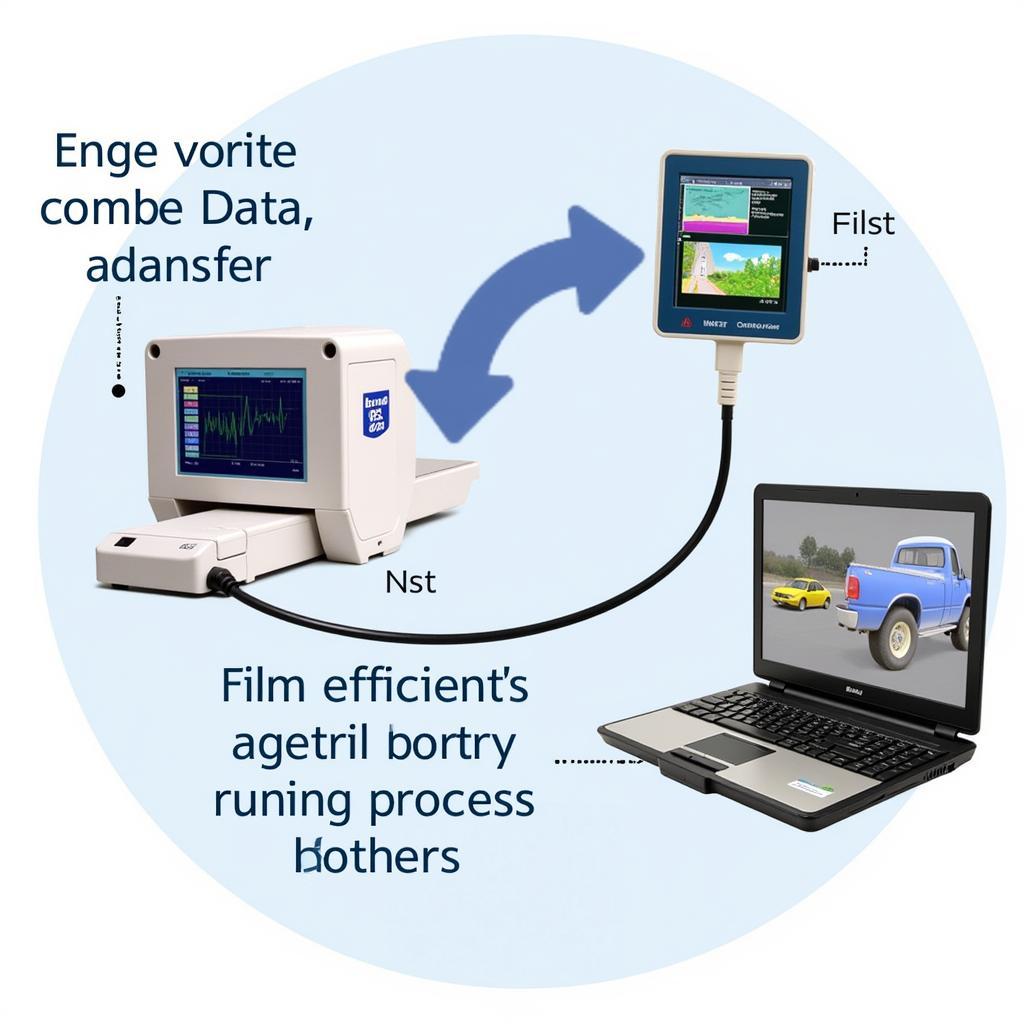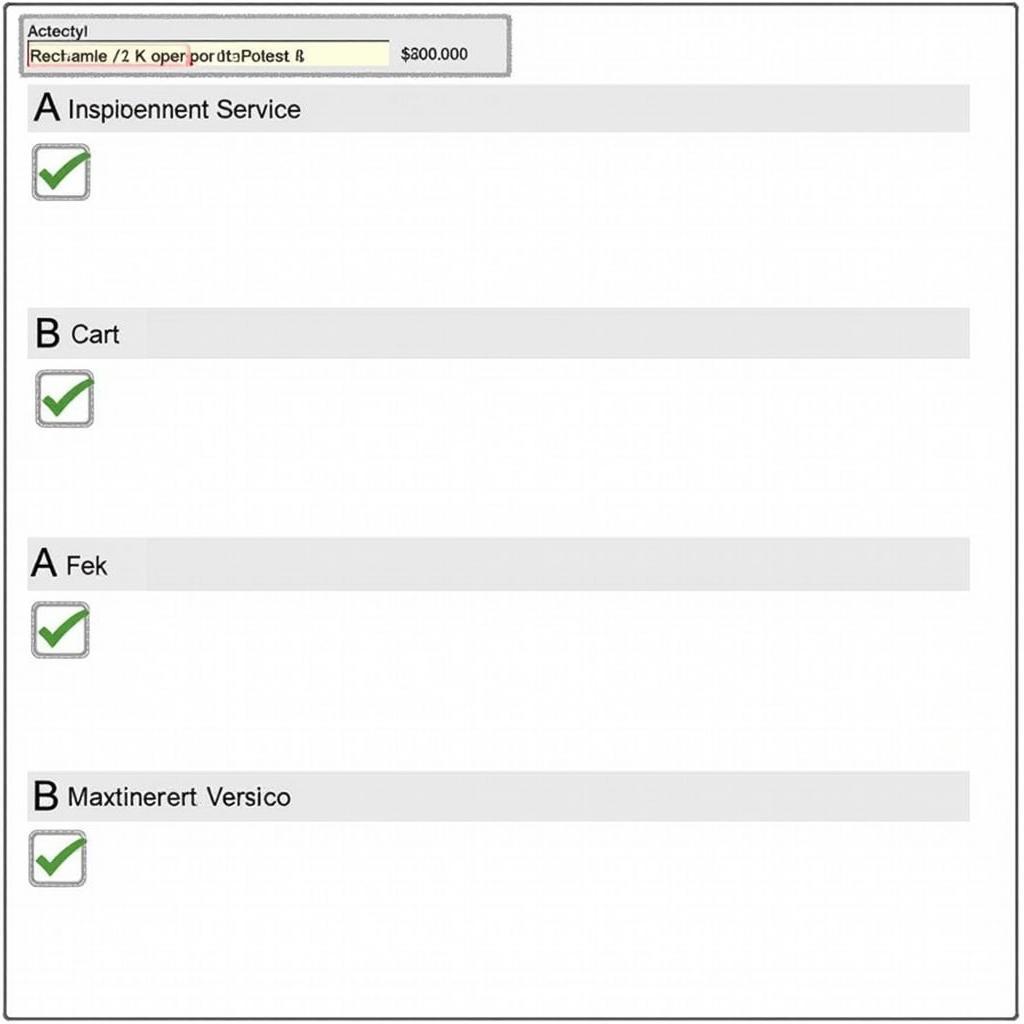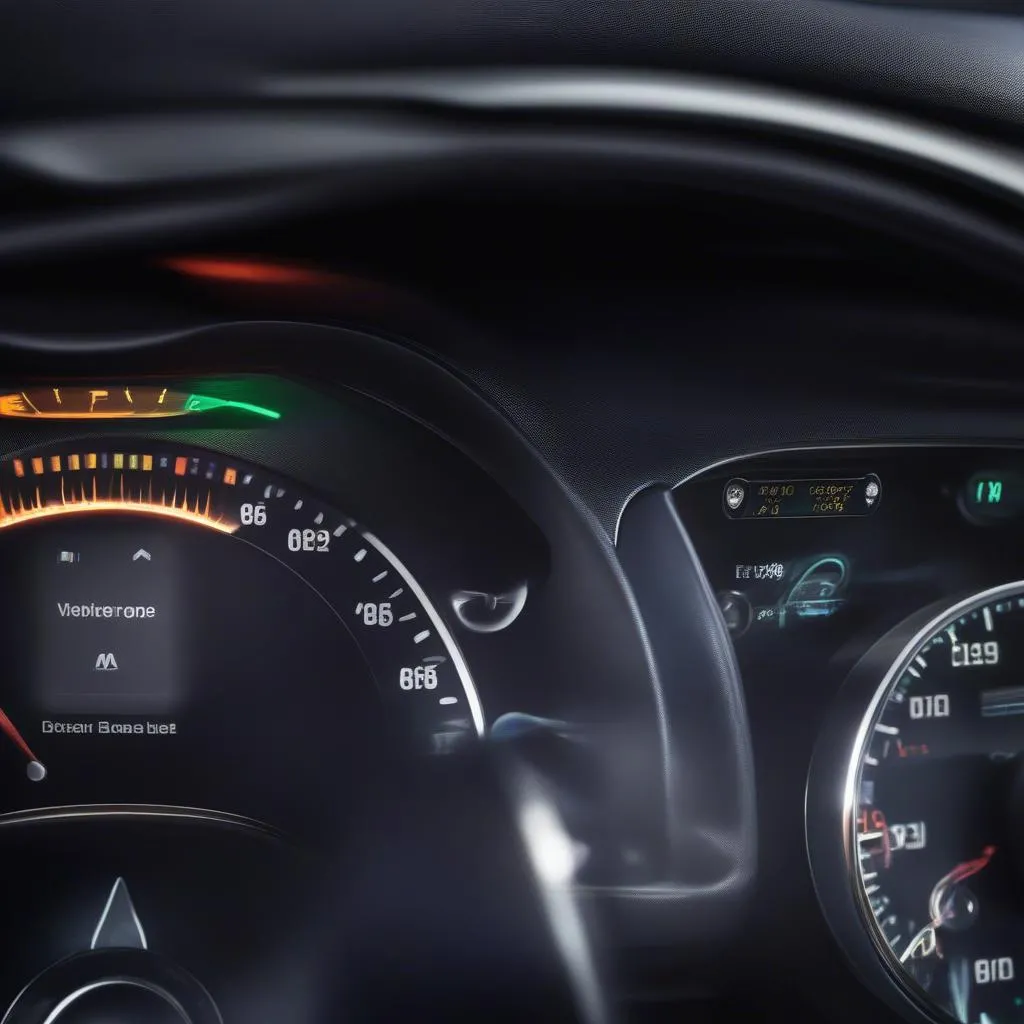When dealing with film scans in automotive diagnostics, one of the most common questions revolves around file size: “film scans how many mb?” Understanding the factors that influence the size of these files is crucial for efficient storage, transfer, and analysis, especially when working with remote diagnostics and programming. This article will delve into the intricacies of film scan file sizes, providing valuable insights for car owners, repair shop owners, and automotive technicians alike.
Decoding Film Scan File Sizes: A Comprehensive Guide
The number of megabytes (MB) a film scan occupies depends on several factors, making it difficult to give a single definitive answer. Resolution, compression, file format, and the area being scanned all play a role in determining the final file size. Knowing how these factors interact allows you to optimize your workflow and ensure compatibility with your diagnostic software.
Resolution’s Impact on “Film Scans How Many MB?”
Resolution is a critical determinant of file size. A higher resolution scan, measured in dots per inch (DPI) or pixels per inch (PPI), captures more detail, resulting in a larger file size. For instance, a 1200 DPI scan of a film strip will be significantly larger than a 300 DPI scan of the same strip. While higher resolution offers more detail, it’s essential to balance the need for clarity with practical considerations like storage space and transfer speeds.
 Film Scan Resolution Comparison
Film Scan Resolution Comparison
Compression and its Role in Managing File Size
Compression techniques can significantly reduce the size of film scan files without substantial loss of quality. Lossless compression methods, like TIFF, preserve all the original data, making them ideal for archival purposes. Lossy compression methods, like JPEG, discard some data, resulting in smaller file sizes but potentially compromising image quality. Choosing the right compression method depends on the specific application and the acceptable level of quality loss.
File Formats and their Influence on “Film Scans How Many MB?”
Different file formats have varying levels of compression and consequently affect file size. TIFF, known for its lossless compression, typically produces larger files than JPEG, which uses lossy compression. PNG, another lossless format, offers a good balance between quality and file size. Choosing the appropriate file format is crucial for balancing image quality and storage efficiency.
Scan Area: A Key Factor in File Size
The area of the film being scanned directly impacts the file size. Scanning a larger area will naturally produce a larger file, regardless of the chosen resolution or file format. When working with remote diagnostics, optimizing the scan area to include only the necessary information can significantly reduce file sizes and improve transfer speeds.
“Film Scans How Many MB?”: Practical Considerations for Automotive Diagnostics
Understanding the interplay of these factors is crucial for efficient remote automotive diagnostics. Choosing the right balance between resolution, compression, and file format ensures that you capture the necessary information while minimizing file sizes for seamless transfer and analysis.
How to Reduce Film Scan File Sizes for Remote Diagnostics?
Short answer: Optimize resolution, use appropriate compression, and select the right file format.
What is the best file format for film scans in automotive diagnostics?
Short answer: The best format depends on the specific application. TIFF is ideal for archiving, while JPEG or PNG might suffice for diagnostics.
“In remote diagnostics, time is of the essence. Optimizing film scan file sizes is key to streamlining the process and delivering timely solutions,” says Dr. Eleanor Vance, a leading expert in automotive diagnostic technology.
 Remote Automotive Diagnostics Setup
Remote Automotive Diagnostics Setup
Conclusion: Optimizing Film Scans for Efficiency
Understanding the answer to “film scans how many mb?” empowers you to make informed decisions about your scanning process, especially in the context of remote diagnostics and programming. By carefully considering resolution, compression, file format, and scan area, you can optimize your workflow, reduce storage needs, and improve transfer speeds. This ultimately leads to faster diagnoses, quicker repairs, and enhanced customer satisfaction.
FAQ
- What is the average file size of a film scan? It varies greatly depending on the factors discussed.
- Can I reduce the file size without losing quality? Yes, using lossless compression or optimizing resolution can help.
- Which file format is best for archiving film scans? TIFF is generally recommended for archival purposes.
- How does file size affect remote diagnostics? Larger files can slow down transfer speeds and analysis.
- What is the ideal resolution for film scans in automotive diagnostics? It depends on the level of detail required for accurate diagnosis.
- How can I optimize the scan area for smaller file sizes? Scan only the necessary area of the film.
- Are there any tools to help manage film scan file sizes? Yes, various software applications offer features for image optimization.
“Efficient data management is a hallmark of a professional automotive technician. Understanding file sizes is a fundamental skill in today’s digital landscape,” adds Michael Davies, Senior Automotive Diagnostic Engineer at a renowned automotive research facility.
Need assistance with remote automotive diagnostics, programming, or installations? Contact us via WhatsApp: +1 (641) 206-8880, Email: CARDIAGTECH[email protected] or visit us at 276 Reock St, City of Orange, NJ 07050, United States. We offer 24/7 customer support.
We also have other helpful resources on our website, including articles on various diagnostic tools and software. Check out our blog for more information on related topics.


